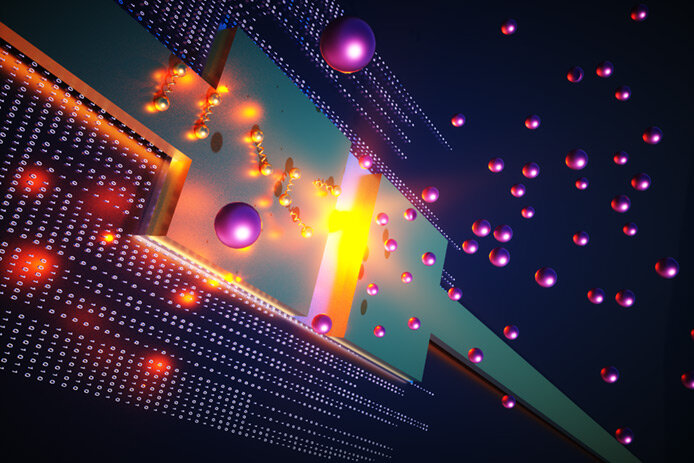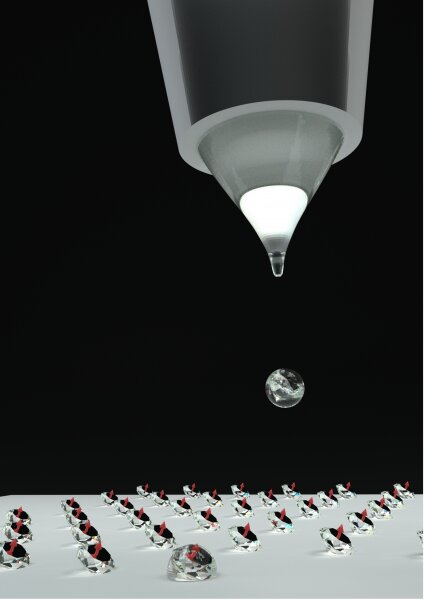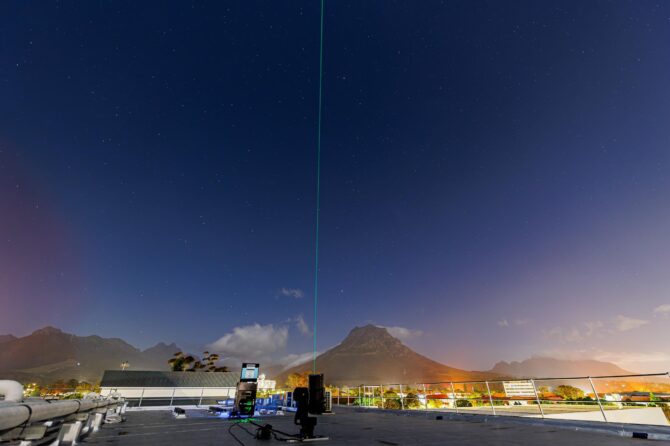Scientists at Raytheon BBN Technologies have developed a new way to detect a single photon — a development with big applications for sensors, communications and exponentially more powerful quantum computer processors.
Josephson junctions are superconducting devices used as high-sensitivity magnetometers and voltage amplifiers as well as the basis of high-performance cryogenic computers and superconducting quantum computers. Although device performance can be degraded by the generation of quasiparticles formed from broken Cooper pairs, this phenomenon also opens opportunities to sensitively detect electromagnetic radiation.
The team demonstrated single near-infrared photon detection by coupling photons to the localized surface plasmons of a graphene-based Josephson junction. Using the photon-induced switching statistics of the current-biased device, they have revealed the critical role of quasiparticles generated by the absorbed photon in the detection mechanism. The photon sensitivity will enable a high-speed, low-power optical interconnect for future superconducting computing architectures.
The paper has been published in the journal Science.



